When A Shoot Goes Bad
 All to often, I hear stories about shoots gone bad. Not bad as in, the photos were horrible, but bad as in "the model tripped", or the lightstand crashed into that antique table..." bad. These are the kinds of incidents that turn the shoot from profitable to you into an expensive debacle that you'd just as soon have stayed in bed for instead of shooting it.
All to often, I hear stories about shoots gone bad. Not bad as in, the photos were horrible, but bad as in "the model tripped", or the lightstand crashed into that antique table..." bad. These are the kinds of incidents that turn the shoot from profitable to you into an expensive debacle that you'd just as soon have stayed in bed for instead of shooting it.
Enter photographers working for the upstart Desi Life magazine, launched under a year ago by the Toronto Star in Canada, serving the niche South-Asian community in the area.
Many photographers who find themselves working for startups are conned into accepting "startup" pay scales. These are photographers who, in many cases, don't have their act together when it comes to having their bases covered when things like insurance and so forth. I don't know the photographer who shot the cover in question, he may well have his insurance in line, but many many others don't.
Insurance? Who needs insurance?
You do, when you're on set and the lion that is your prop attacks (even playfully) the human subject for your cover! To see the video (via RobGalbraith.com) of the attack, click here. It seems that four broken ribs occured during the lion's throw-down if it's prey.
I previously wrote about liability insurance as it pertains to sports photographers (10/23/07, Speculative Photography - Risks and Liabilities for Leagues, Venues, and Teams) where I outlined the risks of taking to the field without the proper insurance. In fact, there is a huge risk to the players and the league when individuals without the proper insurance coverage are allowed to be near multi-million dollar players where they could injure them and then not be accountable.
So too, when you're working on an assignment in a museum near priceless paintings, or with a celebrity where a wayward light stand could strike them, you have to have insurance. You need only read this report (and see the accompanying photo!) about former supermodel Lauren Hutton's shiner which happened recently on a photo shoot to get the idea!
If you don't know what a COI is, call your insurance provider and ask about them. If you don't have insurance for your business, what are you doing in business? You could lose your house, your savings, and everything you've ever worked for if something goes awry!
Please post your comments by clicking the link below. If you've got questions, please pose them in our Photo Business Forum Flickr Group Discussion Threads.
 I know I've been absent, but I'll have a post or two in the next few days, so, my apologies! In the meantime, Check out the following speedlinks:
I know I've been absent, but I'll have a post or two in the next few days, so, my apologies! In the meantime, Check out the following speedlinks: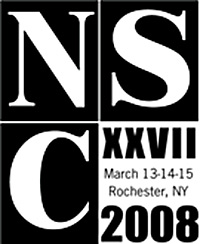
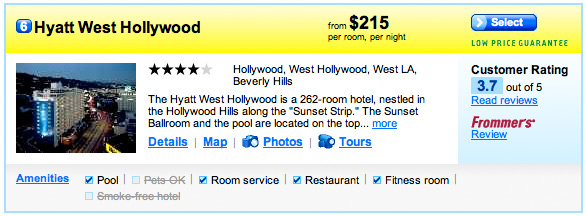
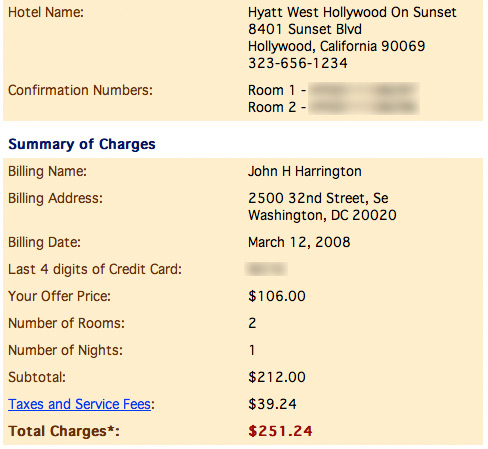
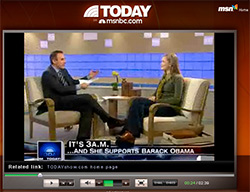

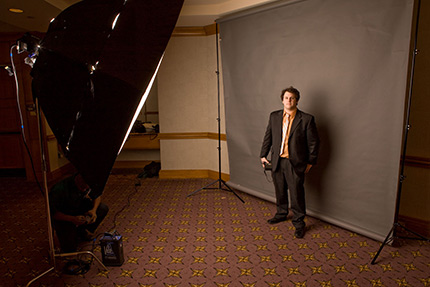

 Awhile back, we wrote about how you CAN'T donate your time and services and claim fair market value for such as a deduction (
Awhile back, we wrote about how you CAN'T donate your time and services and claim fair market value for such as a deduction (